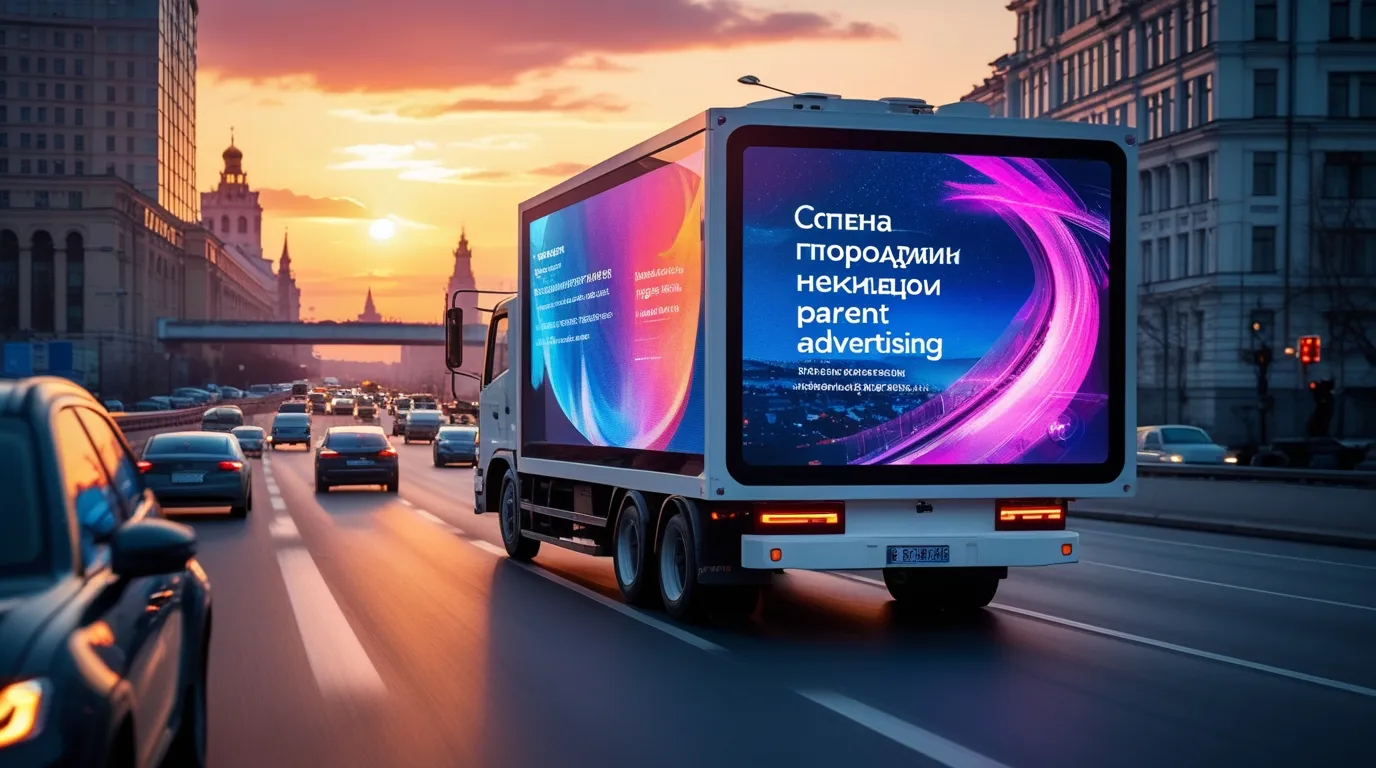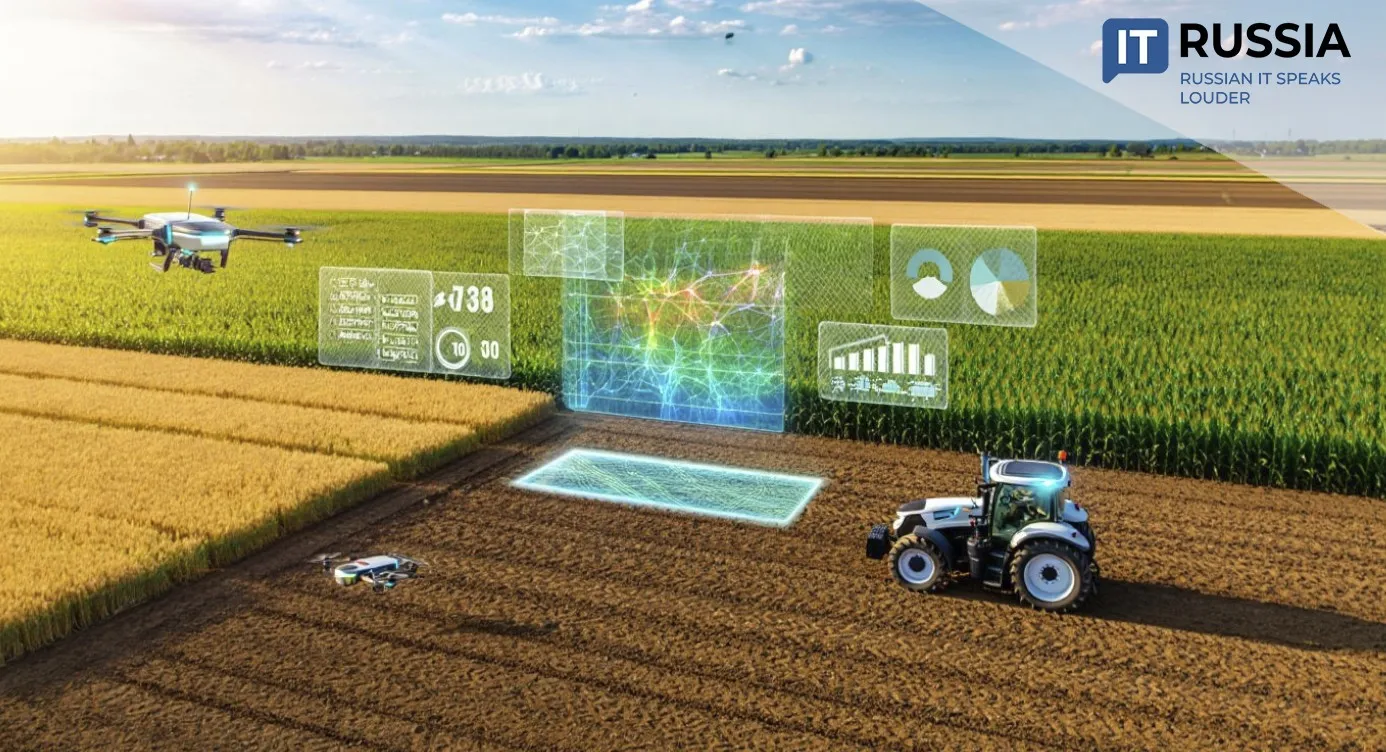Beeline Big Data & AI Team Powers a New Era of Mobile Outdoor Advertising
Digital mobile billboards are making their way onto Russia’s streets — and thanks to telecom data and AI analytics from Beeline’s Big Data & AI team, advertisers can now optimize routes and measure reach like never before.

A New Mobile Format for Outdoor Advertising
When most people think of outdoor advertising, traditional billboards come to mind. But a new format is rapidly gaining traction in Russia — digital trucks equipped with LED screens. These “digital mobiles,” launched by Cleantown Media Group, drive through city streets, taking advertising directly to the audience.
The question, however, is how to determine the most effective routes. To answer that, Beeline’s Big Data & AI team collaborated with Cleantown Media to analyze mobility patterns along one of Moscow’s busiest transport arteries — the Third Ring Road.

By leveraging anonymized and aggregated cellular network data, the team identified patterns of pedestrian and vehicle movement across different times of day and year. The result is an intuitive dashboard that displays real-time analytics, including hourly Opportunity-To-See (OTS) indicators and audience reach.
Users can filter data by time of day, day of week, and season, allowing advertisers to fine-tune campaigns for maximum visibility. With flexible visualization tools and real-time data updates, the dashboard offers marketing teams a faster, clearer way to plan and assess outdoor campaigns.
According to Sergey Stankevich, Head of Beeline’s Geoanalytics product: “We’ve had experience with post-campaign analytics for similar formats, but we wanted to create a solution that provides advertisers with media metrics during the planning stage. The biggest challenges were separating pedestrian and vehicle flows and increasing detection accuracy, since ads are visible within 50–70 meters of the truck. Using AI and in-depth data from cellular base stations, we were able to meet those challenges.”
Predictive Insights from Telecom Data
At the core of the solution lies telecom-derived data, which paints a detailed picture of population movement across urban areas. These insights allow advertisers to determine when and where their messages will reach the largest audiences. More importantly, the AI engine continually refines its predictions based on new data inputs — improving accuracy over time. This transforms what used to be a static media channel into a dynamic, data-driven advertising ecosystem.

The benefits extend beyond the advertising industry. Telecom operators can now monetize their existing network data infrastructure, generating new revenue streams while supporting the digital economy.
For advertisers, these predictive analytics translate into smarter budget allocation, higher returns, and measurable campaign performance — something the outdoor ad industry has traditionally struggled to achieve.
Global Context and Future Development
While mobile LED advertising is new to Russia, similar concepts have been used elsewhere. As early as 2000, Hong Kong introduced its “Multi-Media on Board” system, delivering entertainment and ads via LCD screens on more than 4,000 public vehicles. More recently, digital trucks have become a popular medium across Asia and North America, praised for their flexibility and audience engagement.

In Russia, the Cleantown–Beeline collaboration marks the beginning of a national rollout. Plans are already underway to analyze the top 10 high-traffic routes for digital truck deployment. Additional telecom operators are expected to join similar initiatives, increasing data accuracy and enhancing predictive modeling. This broader collaboration could turn mobile advertising into one of the most measurable and efficient formats in the country.










































